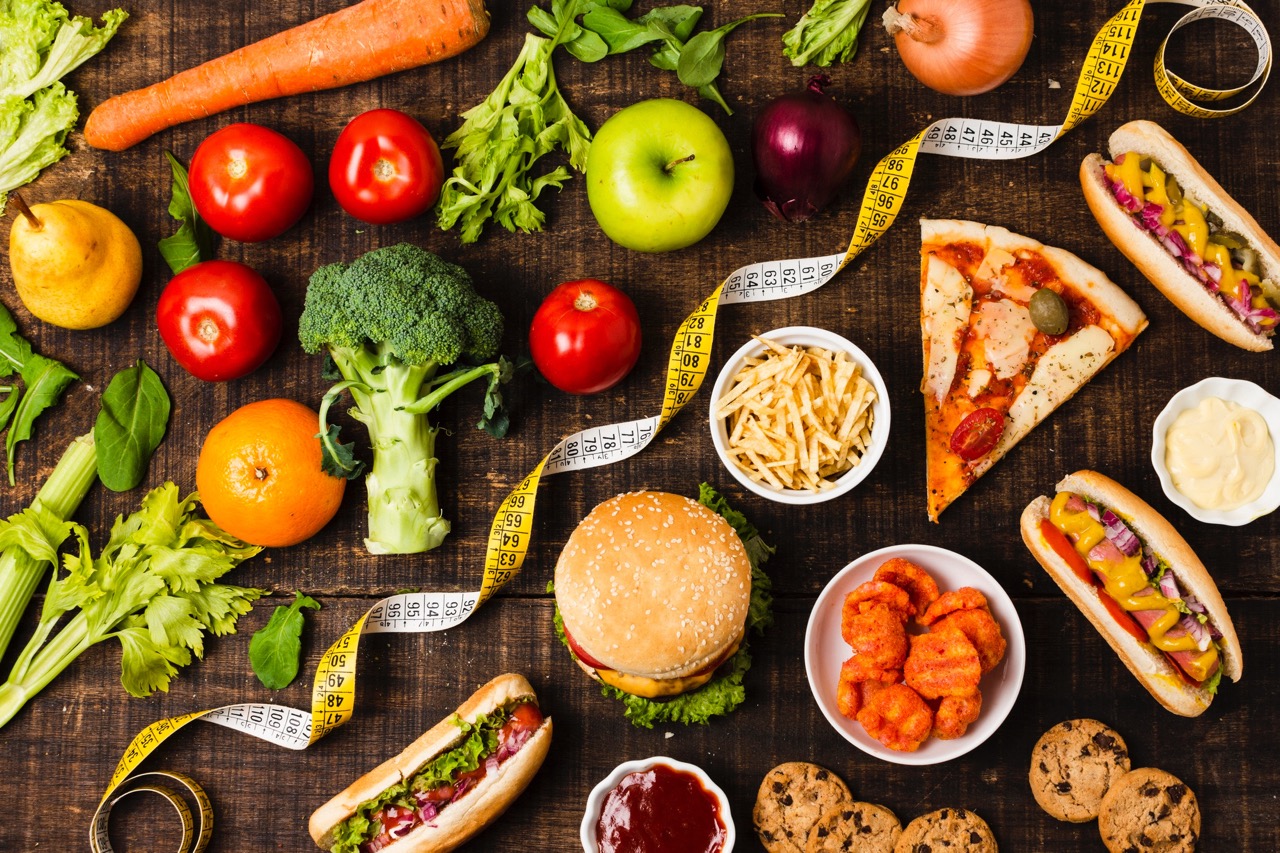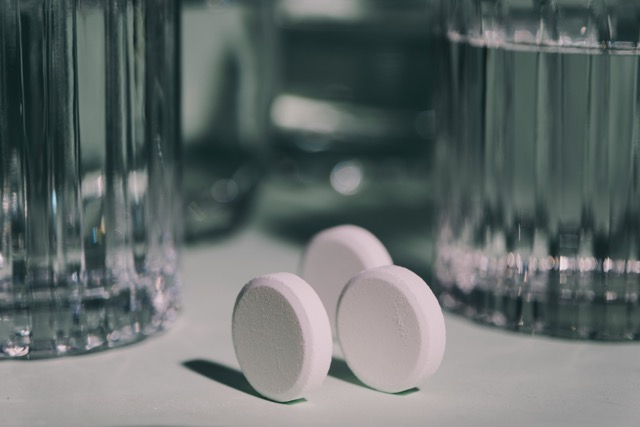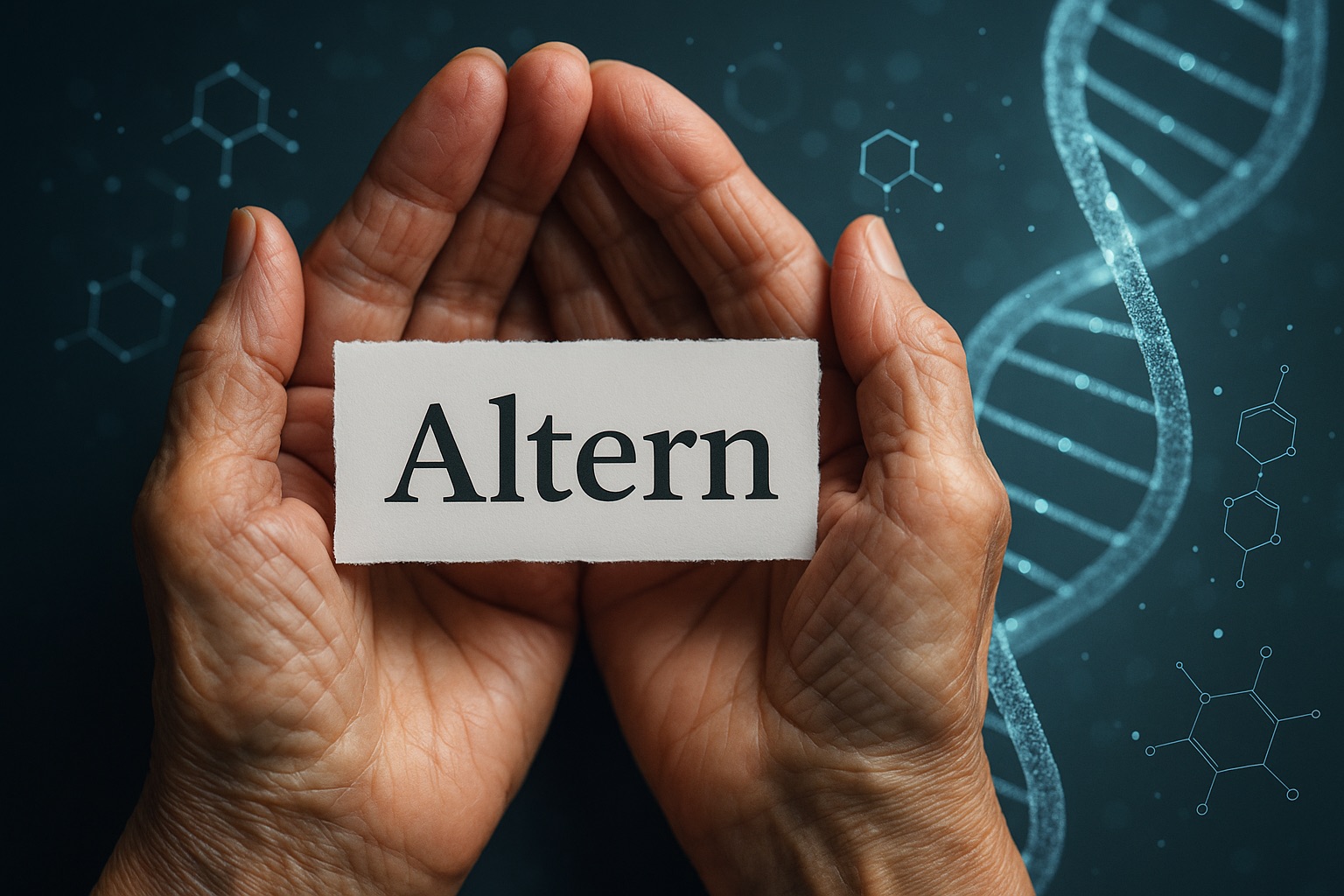Epigenetics and Nutrition: How Our Genes Are Influenced by Lifestyle
Why food, exercise, and stress management can change our gene activity and biological age

Our genes determine what options we have, but not whether we use them. What is “switched on or off” is decisive. That is exactly what epigenetics is about — one of the most exciting fields of research in modern health science and a key tool for a healthier, longer life.
What is epigenetics — and why is it so crucial?
Epigenetics describes processes by which genes are regulated without changing their DNA sequence. You can think of it as a book. Epigenetics determines which chapters are read — and which are not.
Central mechanisms include:
- DNA methylation: Methyl groups block genes, which then remain muted.
- histone modification: Packaging proteins influence how accessible certain genes are.
These processes are not random — they respond to signals from the environment: nutrition, stress, exercise, sleep, and pollutants. Particularly interesting: Epigenetic changes are reversible. Anyone who changes their lifestyle can therefore also use biological processes influence, which were long considered “fixed.”
Nutrition as an epigenetic regulator
What we eat not only influences our blood sugar or cholesterol levels — but also which genes in body actively are. Individual nutrients can have an epigenetic effect, e.g.:
- polyphenols (including in berries, green tea, turmeric): activate antioxidant and cell-protecting genes.
- omega-3 fatty acids (from oily fish, flaxseed, algae): reduce inflammation-promoting gene expression.
- folate, B12, choline, methionine (from leafy vegetables, eggs, nuts): specifically influence DNA methylation.
Even intermittent fasting and Calorie restriction alters epigenetic markers — for example by activating genes that promote cell repair and longevity (e.g. SIRT1, AMPK).
Even before birth — and beyond
Epigenetic imprinting does not start in adulthood, but already into The pregnancy. What mothers eat, how much stress they experience, or whether they exercise enough leaves epigenetic marks — on their child and possibly even on their offspring.
Studies following the “Dutch Hunger Winter” show that children of pregnant women who were malnourished during this period were more likely decades later of excess weight, heart-circuit-disorders or type-2-Suffered from diabetes — as a result of epigenetically altered metabolic programs.
Biological age and nutrition: measurable effects
The so-called biological Age — i.e. the functional age of cells — can now be measured using epigenetic tests (e.g. Horvath Clock). And: It can be influenced.
A small but highly regarded study from Stanford showed that a plant-based diet lasting eight weeks can reduce epigenetic age by several years — in otherwise healthy adults.
Further pilot studies involving fasting, micronutrient interventions and a Mediterranean diet confirm this trend.
What does that actually mean in everyday life?
- Colourful food: Plant substances such as flavonoids, carotenoids and glucosinolates act as epigenetic signaling substances.
- Don't underestimate micronutrients: Good folate and B12 status is essential — especially for vegans.
- Integrate dining breaks: 12-16 hours of fasting per day activate epigenetic self-purification.
- Avoid chronic stress: Cortisol epigenetically influences, among other things, the immune response and inflammatory processes.
- Movement counts: Exercise also epigenetically influences muscle growth, insulin sensitivity and even brain power.
Conclusion
Epigenetics makes it clear: We are not victims of our genes, but active contributors to our health. Nutrition is a central control instrument in this context. Anyone who knows how certain foods work epigenetically will get a new look at aging — as a process that can be influenced.
References
Publiziert
28.7.2025
Kategorie
Lifestyle

Experte
Scientific Terms
Biological Age
Biological age is the age of cells in the body, which is determined by various properties and biomarkers that correlate with aging and decay in research.
DNA
Abbreviation for deoxyribonucleic acid, the molecule that encodes the information that a cell needs to function or a virus needs to replicate. Forms a double helix that resembles a twisted ladder, similar to a zipper. The bases, abbreviated as A, C, T, and G, are on either side of the ladder or strand that run in opposite directions. The bases exert an attraction on each other so that A sticks to T and C to G. The sequence of these letters is known as the genetic code.
Epigenetics
From ancient Greek π epi 'to, moreover, 'and genetics
Refers to changes in a cell's gene expression that do not involve a change in the DNA code. Instead, the DNA and histones around which the DNA is wrapped are “marked” with removable chemical signals (see demethylation and deacetylation). Epigenetic tags tell other proteins where and when to read the DNA. This is comparable to a post-it on a book page that says “Skip.” A reader will ignore the page, but the book itself hasn't been changed.
Epigenetic clock
A type of DNA clock that relies on measuring natural DNA methylation levels to estimate the biological age of a tissue, cell type, or organ, such as the Horvath clock.
Horvath's Clock
Horvath's Clock (clock) is the epigenetic aging clock developed by Dr. Steve Horvath. He used human samples to identify 353 biomarkers that correlate with aging. This study modernized biological age measurement and has remained the standard for biological age determination ever since.
Intermittent Fasting
Intermittent fasting (IF) is a form of fasting that has various health-promoting effects on metabolism. This involves abstaining from food on a daily or hourly basis. The aim is usually long-term weight loss. In contrast to other forms of fasting, intermittent fasting should be carried out as a permanent diet. The various forms of intermittent fasting differ in the duration and frequency of abstinence from food.
Fasting-mimicking-diet
English Fasting Mimicking Diet (FMD)
A diet plan designed by researcher Dr. Valter Longo, which is intended to have the same effects as pure water fasting, but with the simultaneous consumption of food and the supply of essential nutrients; the calorie intake of the 5-day cure is between 725 and 1090 kilocalories, with the macronutrient content being selected so that it imitates pure water fasting but the micronutrient content is reduced to a maximum supply of nutrients aims.
Our genes determine what options we have, but not whether we use them. What is “switched on or off” is decisive. That is exactly what epigenetics is about — one of the most exciting fields of research in modern health science and a key tool for a healthier, longer life.
What is epigenetics — and why is it so crucial?
Epigenetics describes processes by which genes are regulated without changing their DNA sequence. You can think of it as a book. Epigenetics determines which chapters are read — and which are not.
Central mechanisms include:
- DNA methylation: Methyl groups block genes, which then remain muted.
- histone modification: Packaging proteins influence how accessible certain genes are.
These processes are not random — they respond to signals from the environment: nutrition, stress, exercise, sleep, and pollutants. Particularly interesting: Epigenetic changes are reversible. Anyone who changes their lifestyle can therefore also use biological processes influence, which were long considered “fixed.”
Nutrition as an epigenetic regulator
What we eat not only influences our blood sugar or cholesterol levels — but also which genes in body actively are. Individual nutrients can have an epigenetic effect, e.g.:
- polyphenols (including in berries, green tea, turmeric): activate antioxidant and cell-protecting genes.
- omega-3 fatty acids (from oily fish, flaxseed, algae): reduce inflammation-promoting gene expression.
- folate, B12, choline, methionine (from leafy vegetables, eggs, nuts): specifically influence DNA methylation.
Even intermittent fasting and Calorie restriction alters epigenetic markers — for example by activating genes that promote cell repair and longevity (e.g. SIRT1, AMPK).
Even before birth — and beyond
Epigenetic imprinting does not start in adulthood, but already into The pregnancy. What mothers eat, how much stress they experience, or whether they exercise enough leaves epigenetic marks — on their child and possibly even on their offspring.
Studies following the “Dutch Hunger Winter” show that children of pregnant women who were malnourished during this period were more likely decades later of excess weight, heart-circuit-disorders or type-2-Suffered from diabetes — as a result of epigenetically altered metabolic programs.
Biological age and nutrition: measurable effects
The so-called biological Age — i.e. the functional age of cells — can now be measured using epigenetic tests (e.g. Horvath Clock). And: It can be influenced.
A small but highly regarded study from Stanford showed that a plant-based diet lasting eight weeks can reduce epigenetic age by several years — in otherwise healthy adults.
Further pilot studies involving fasting, micronutrient interventions and a Mediterranean diet confirm this trend.
What does that actually mean in everyday life?
- Colourful food: Plant substances such as flavonoids, carotenoids and glucosinolates act as epigenetic signaling substances.
- Don't underestimate micronutrients: Good folate and B12 status is essential — especially for vegans.
- Integrate dining breaks: 12-16 hours of fasting per day activate epigenetic self-purification.
- Avoid chronic stress: Cortisol epigenetically influences, among other things, the immune response and inflammatory processes.
- Movement counts: Exercise also epigenetically influences muscle growth, insulin sensitivity and even brain power.
Conclusion
Epigenetics makes it clear: We are not victims of our genes, but active contributors to our health. Nutrition is a central control instrument in this context. Anyone who knows how certain foods work epigenetically will get a new look at aging — as a process that can be influenced.
Referenzen
Publiziert
28.7.2025
Kategorie
Lifestyle

Wissenschaftliche Begriffe
Biological Age
Biological age is the age of cells in the body, which is determined by various properties and biomarkers that correlate with aging and decay in research.
DNA
Abbreviation for deoxyribonucleic acid, the molecule that encodes the information that a cell needs to function or a virus needs to replicate. Forms a double helix that resembles a twisted ladder, similar to a zipper. The bases, abbreviated as A, C, T, and G, are on either side of the ladder or strand that run in opposite directions. The bases exert an attraction on each other so that A sticks to T and C to G. The sequence of these letters is known as the genetic code.
Epigenetics
From ancient Greek π epi 'to, moreover, 'and genetics
Refers to changes in a cell's gene expression that do not involve a change in the DNA code. Instead, the DNA and histones around which the DNA is wrapped are “marked” with removable chemical signals (see demethylation and deacetylation). Epigenetic tags tell other proteins where and when to read the DNA. This is comparable to a post-it on a book page that says “Skip.” A reader will ignore the page, but the book itself hasn't been changed.
Epigenetic clock
A type of DNA clock that relies on measuring natural DNA methylation levels to estimate the biological age of a tissue, cell type, or organ, such as the Horvath clock.
Horvath's Clock
Horvath's Clock (clock) is the epigenetic aging clock developed by Dr. Steve Horvath. He used human samples to identify 353 biomarkers that correlate with aging. This study modernized biological age measurement and has remained the standard for biological age determination ever since.
Intermittent Fasting
Intermittent fasting (IF) is a form of fasting that has various health-promoting effects on metabolism. This involves abstaining from food on a daily or hourly basis. The aim is usually long-term weight loss. In contrast to other forms of fasting, intermittent fasting should be carried out as a permanent diet. The various forms of intermittent fasting differ in the duration and frequency of abstinence from food.
Fasting-mimicking-diet
English Fasting Mimicking Diet (FMD)
A diet plan designed by researcher Dr. Valter Longo, which is intended to have the same effects as pure water fasting, but with the simultaneous consumption of food and the supply of essential nutrients; the calorie intake of the 5-day cure is between 725 and 1090 kilocalories, with the macronutrient content being selected so that it imitates pure water fasting but the micronutrient content is reduced to a maximum supply of nutrients aims.
.svg)














